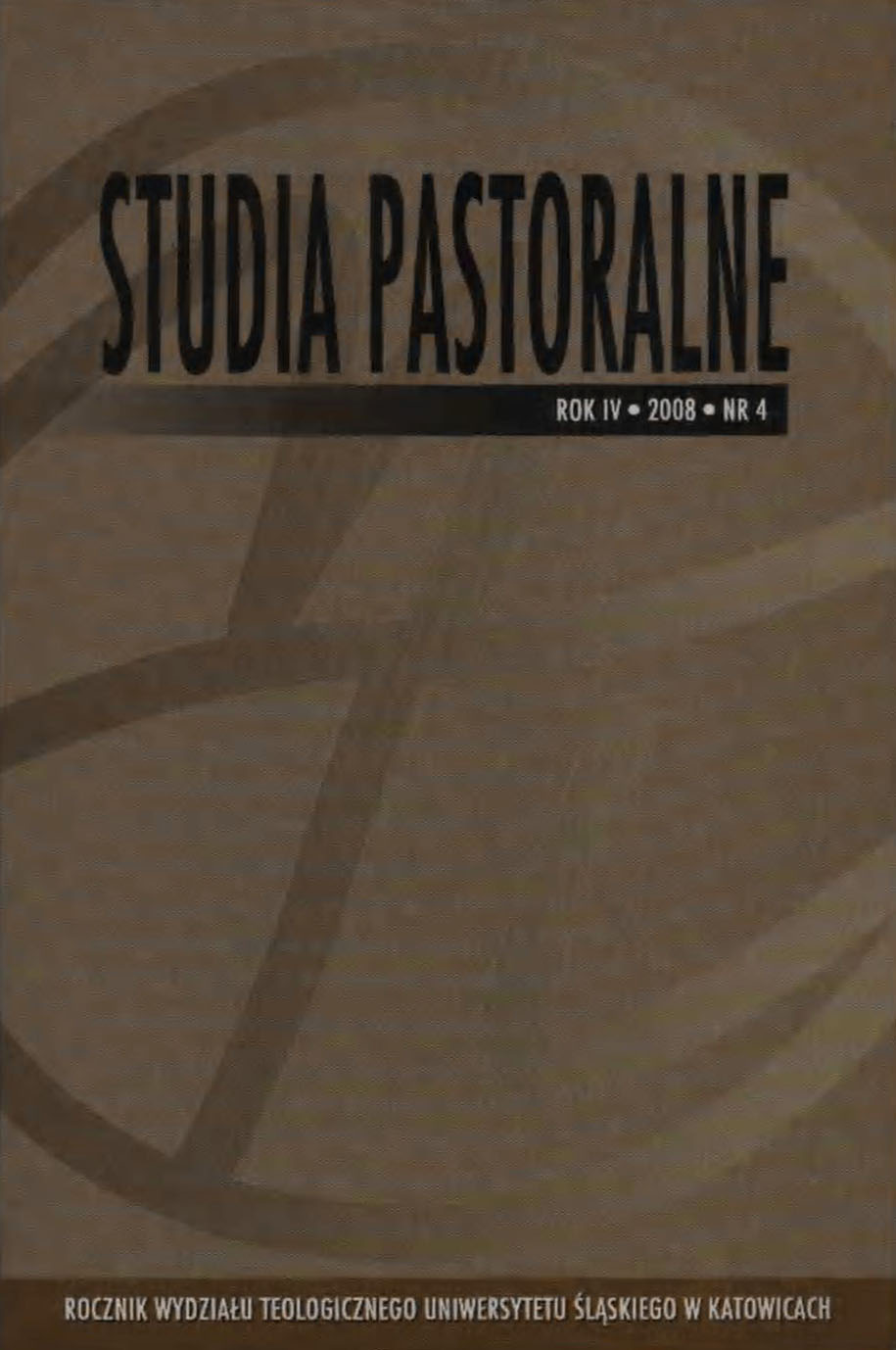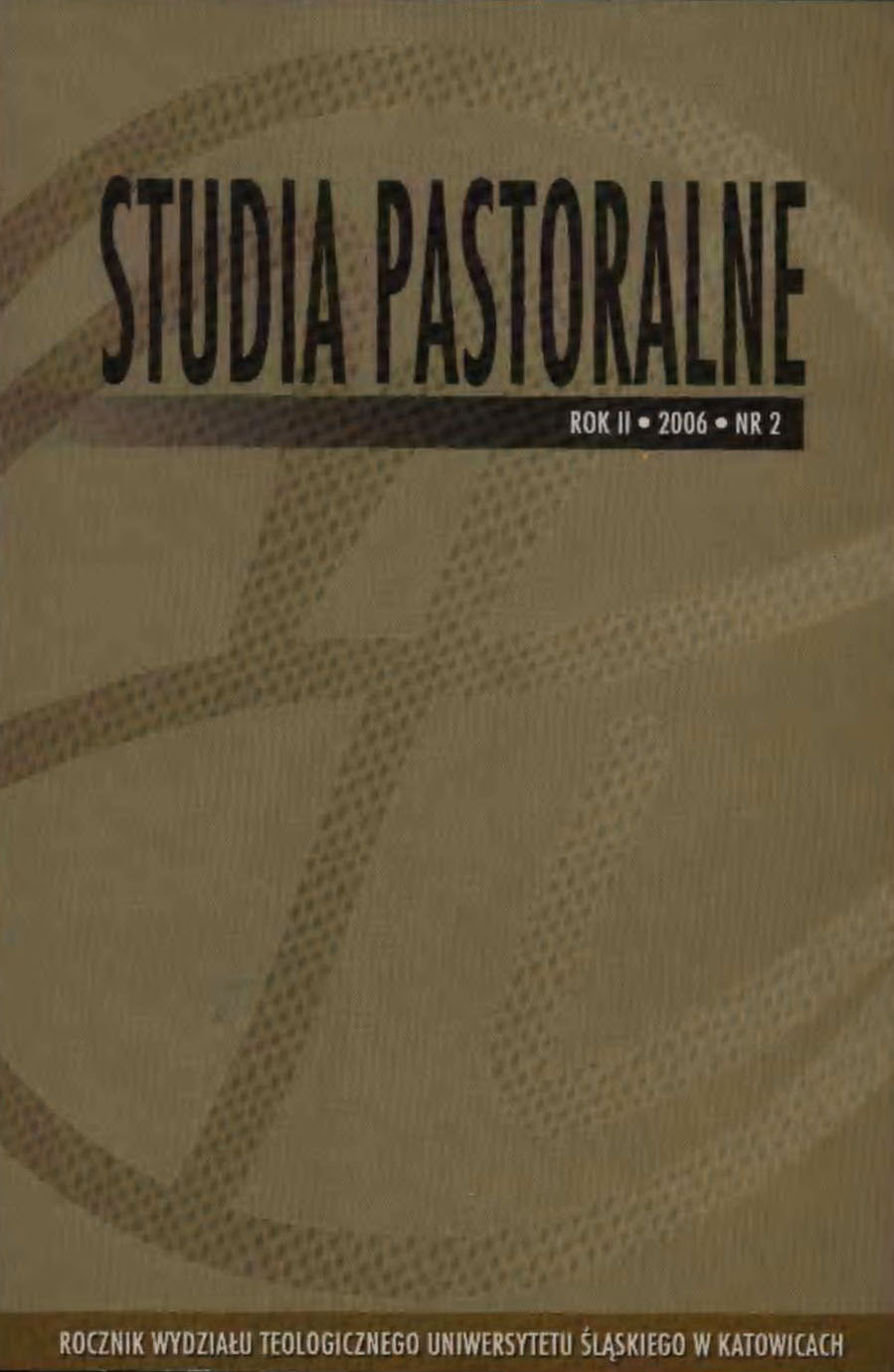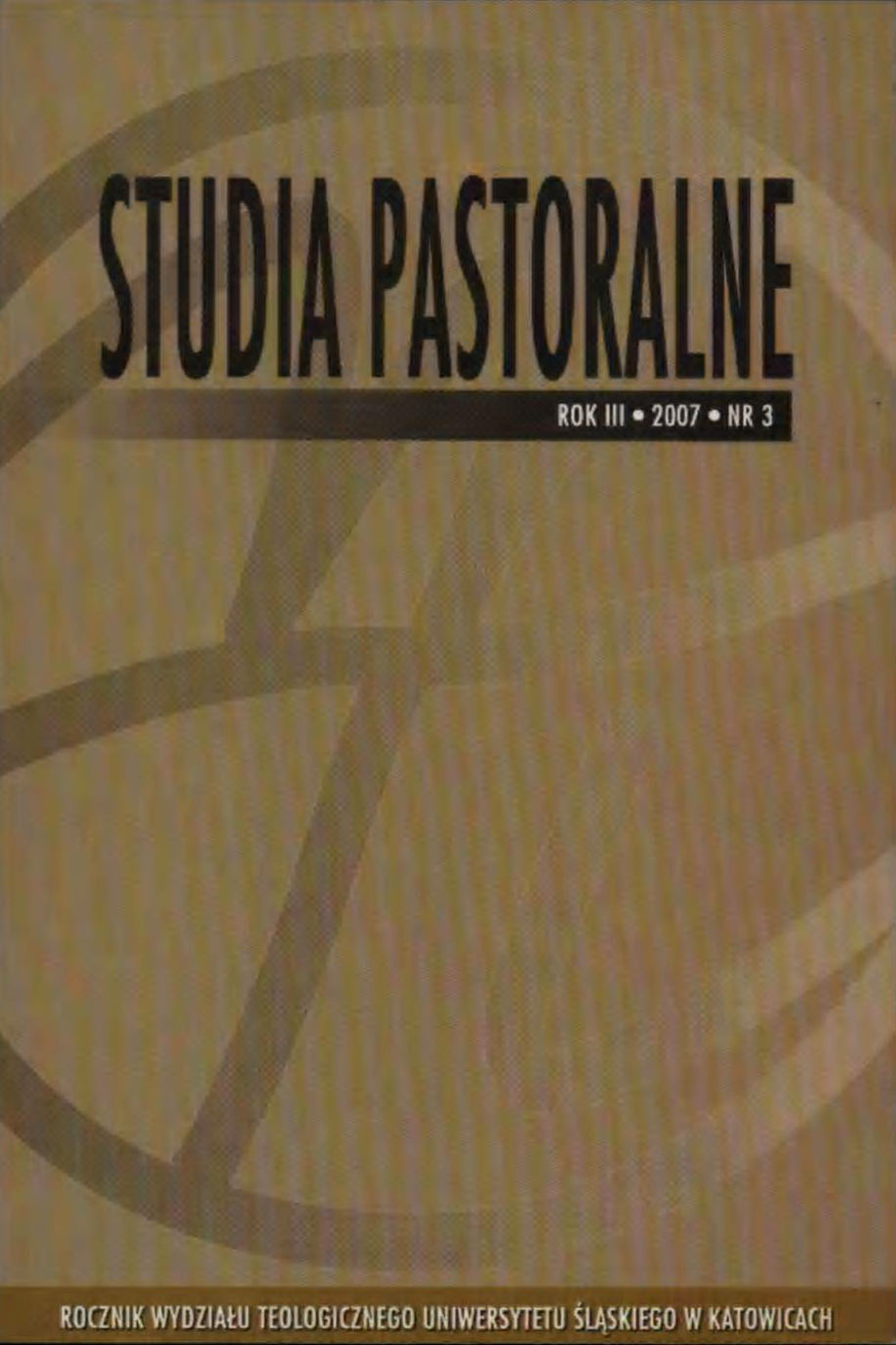Author(s): Barbara Kupis / Language(s): Polish
Issue: 3/2007
Seit vielen Jahrzehnten betet die Kirche den Rosenkranz und drückt damit ihre tiefe Überzeugung aus, dass diese Form des Gebetes von der Mutter Gottes kommt. Die volle Bezeichnung des Gebetes heißt: „der Rosenkranz der Heiligsten Jungfrau Maria”. Obwohl das Rosenkranzgebet nicht dem offiziellen Gebet der Kirche hinzugerechnet worden ist, wird seine Wertung und seine Bedeutung immer wieder, angesichts der Herausforderungen des neuen Jahrtausendes, von Neuem entdeckt. Ein Beweis dafür gibt der vom Heiligen Vater Johannes Paul II herausgegebene Apostolische Brief Rosarium Virginis Mariae, in dem der Papst die Christen ermutigt, in die Schule Marias einzutreten und in der Kontemplation der Schönheit des Antlitzes Christi auch in die Erfahrung der Tiefe Seiner Liebe sich hineinführen zu lassen.Die Kontemplation bildet das wahre Antlitz des Rosenkranzes, sie ist seine Seele. Das Rosenkranzgebet ist vor allem auf die Kontemplation des Antlitzes Jesu in Begleitung und in der Schule von Maria ausgerichtet. Sie ist ein unerreichbares Vorbild und eine Meisterin dieser Kontemplation, weilkeiner das Antlitz Christi unverwandt so wie seine Mutter ansah. Sie hat mit einem vollkommen auf den Sohn gerichteten Blick gelebt, ihr Leben ist eine unaufhörliche Meditation der Heilgeheimnisse gewesen. Der Papst betont die Bedeutung von der Hingabe a die besondere Führung Marias, der Meisterin des Geisteslebens.In der Rosenkranzkontemplation des Antlitzes Jesu zeigt Johannes Paul II fünf Phasen auf:
1. Die Erinnerung an Jesus mit Maria. Ihre Erinnerungen an Jesus bilden das schönste Gebet, das vom Herzen zum Herzen geht. Diese Erinnerungen machen das Wesen des Rosenkranzes aus. Sie sind tief und dauerhaft in das Mutterherz Marias eingeprägt, sie sind „irgendwie ihr erster Rosenkranz”.
2. Das Lernen von Jesus mit Maria. Maria, die die beste Lehrerin und Erzieherin ist, lehrt ihre Kinder Jesus Christus erneut zu entdecken und seine Lehre über die Wahrheit und das Leben zu begreifen.
3. Das Ähnlichwerden zu Christus mit Maria. Nur in der Schule von Maria ist es möglich Jesus ähnlich zu werden. Nirgends sind die Wege Christi und seiner Mutter so tief verbunden, wie eben im Rosenkranz. Maria ist Jesus ähnlich wie keiner von allen Geschöpfen, und daraus folgt der Rosenkranz als Marias Gebet, das uns Jesus am ahnlichsten macht und uns mit Ihm vereinigt.
4. Die an Jesus gerichtete Bitte zusammen mit Maria. Maria unterstützt mit Ihrer Fürbitte unser Gebet, und Ihre Bitte, die Sie an Jesus in Kana in Galiläa gerichtet hat, zeigt Ihre Sorge um uns.
5. Das Verkünden Jesu mit Maria. Die Verkündigung des Evangeliums ist eine grundsätzliche Mission der Kirche, und das Rosenkranzgebet gehört zu den Wegen, das Geheimnis des Erlösers zu ergründen. Dies zeigt schon die Szene des Besuchs Marias bei Elisabeth, wo Maria als „die erste Missionarin Christi” erscheint.Das Rosenkranzgebet pulsiert gewissermaßen mit dem Menschenleben, wobei wir alle Angelegenheiten der Kirche und der ganzen Menschheit, ihre Betrübnisse und Freuden, in die Geheimnisse des Rosenkranzes einführen konnen, um das Ganze dem barmherzigen Herzen Jesu und seiner Mutter anzuvertrauen. Dieses einfache Gebet erzieht die Gläubigen zum authentischen und reifen christlichen Glauben, der sich durch Kunst des Gebetes auszeichnet. Ein wahres christliches Leben findet seine Quelle in der Schule des christlichen Glaubens. Dies lernen wir vom alltäglichen Zusammensein mit Maria durch den Rosenkranz. Unser Dasein wird, dank der kontemplativen Rosenkranzgeheimnisse, ein Gebet, und aus dem Gebet wird das Leben.
More...



